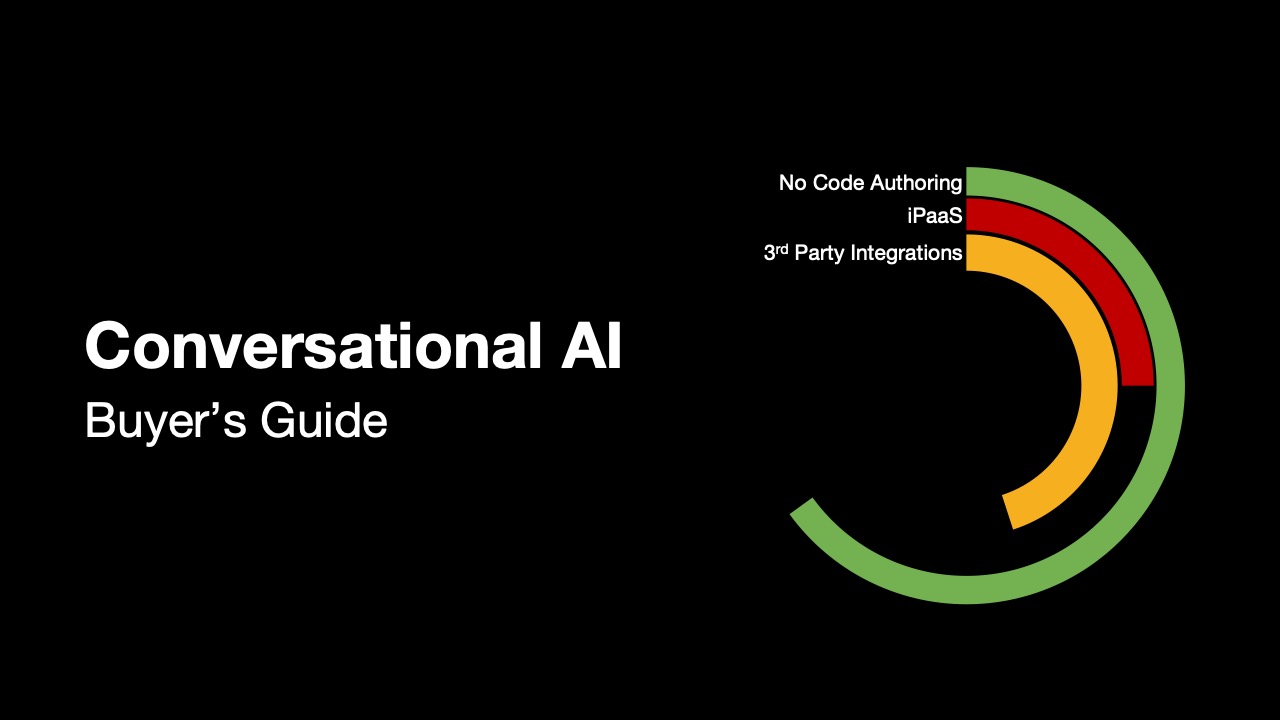Zoom notification for the morning meeting arrives and a new day of the forever running business cycle begins. Dealing with technology will be the day-long hustle.
But amidst all the tech have you ever wondered: Is technology really making lives easier or has it complicated them even more? There’s no doubt that every business now depends on technology to a large extent. But what toll is it taking on people?
Well, the answer is a simple question you gotta ask yourself.
‘Do you think that your software supports you or do you have to figure out how to support your software?’
Technology is to simplify lives and not make it complex
Technology is all about simplifying lives and not about trapping you in the endless loop of learning, training, adapting, and any other form of the verb. Any new tech that forces you to rethink ‘What exactly does this do?’ or makes you feel like ‘What is this new thing, I wish I hadn’t switched over to this’, then it is more of a tech scam than it is tech.
So what makes a Technology worth your time and money?
‘I really enjoy working with this ecosystem, it is so simple.’
If this is the thought that comes to your mind whenever you switch over to new tech, then you are on the right track.
However, as a business person, if you are spending uncountable hours every week learning & fighting with technology, then my friend you have been trapped in the illusion of control. And at the center of this trap sit two very dangerous predators, ‘Software Frustritus’ and ‘Backlog Blues’.
Seeing these terms for the first time? Wondering what these terms mean?
Don’t worry you’ll be seeing these a lot, so first, let us introduce you with what they really mean.
Software Frustritus:
Have you ever wondered why you chose to be a business manager and not an IT guy?
Well, you don’t like learning tech is a pretty common and valid reason.
Software Frustritus somewhere relates to this.
Business people’s job isn’t to learn technology. Their job is to manage the business and its employees and fighting to learn new software/tech can get really frustrating, especially when you have other important tasks at hand. So, Software Frustritus is basically an emotion that business people (or even the IT guys) witness whenever a situation arises wherein they have to learn and adapt to the complex ecosystem of new technology.
Backlog Blues:
Software Frustritus is just a part of a much bigger problem which is Backlog Blues.
As discussed above, business people don’t like learning tech much. But then someone has to deal with the technicalities and complexities that arise with the incorporation of the new technology.
And it is the poor IT guys again who have to lift the burden.
But it takes time to do what is asked of and the backlog cycle begins since the IT team has many other important tasks to deliver on time. Therefore, businesses are never able to operate at their full potential since dependency is too much. Too much dependency on a single department can result in backlogs.
But what if the tech understands you?
In that case, adopting ‘Conversational RPA’ can be a game-changer for your business. But again adopting new technology takes us back to Software Frustritus and this is a never-ending cycle.
Don’t worry we have a real-time solution ready for you where you don’t have to learn the new technology since it embraces people.
What we mean when we say ’Making Technology that understands people’?
RPA is evolving fast as more and more businesses are incorporating RPA technologies into their existing system. However, employee resistance to adapting and learning new technologies is a real struggle and a serious issue that we thought must be looked into(Software Frustritus).
So, when we started as Krista Software, we envisioned what we wanted to accomplish with Krista, and we decided that we needed to take a completely different approach than the traditional ones to build enterprise applications and automation. After spending hours and days, researching the existing approaches that people have taken over the years, we realized that we were never going to overcome the challenges of the backlog blues, and software frustritis if we just did incrementally more of the same.
We decided that what we really needed to do to achieve our real goal was to stop making technology.
Excuse me!
Stop making people have to understand technology and make a technology that understands people instead.
Sounds catchy right?
But our vision was to be more than just being catchy and honor the real meaning behind it by making it resonate with our actions. If we make technology that understands people, we break down the barrier of human-computer interaction once and for all, and by for all, I mean, we enable access to technology to the under-educated, non-sophisticated, all the way up to the most IT literate workforce. So if we really are going to achieve that kind of powerful effect, that humans and computing technology can work much more effectively together, we’re going to have to have an organizing principle, a way of thinking about how that could be. How can we make tech that understands people?
The Star Trek inspiration:
Well, we had a model for this, and like any good software geek, I thought “Star Trek: Next Generation,” and it seems like with ‘Krista’ we have been put right on the bridge with Jean-Luc Picard. If you think about how this TV show portrays the future that we all intend to create for ourselves, then we all believe that it is the ultimate way that humans and computing will work together. What key aspect of human-computer interaction can this TV show expose to us?
The answer is pretty simple, ‘conversation’.
It turns out conversation is how all of what happens between humans and computers occurs on the Starship Enterprise. In fact, if you pull a quote from this TV show, you will have a hard time knowing for sure if the quote was from a human, or a computer, or an android, or if the quote was targeted to a human, a computer, or an android. And that’s a very profound thing to unravel. What this means is that conversation is the key to human-computer interaction, and that is how to achieve technology that understands people.
Krista’s birth:
So this is the principle that caused Krista’s very foundation to be built, and everything that we did thereafter to provide capabilities in Krista was all about the construction and consumption of automation as a conversation.
If you think of every business process that you want automated, as a conversation among people and systems, you will find that conversation is a very powerful programming language and that you already know it, even if you’ve never been in a computer science class. You’ll also find that no one has to go to school to learn how to have a conversation about a topic that they are already educated in. Let me sort this out with an example:
If you approached me with some really interesting chef’s recipe, I have no idea what you would be talking about, because I am the world’s worst cook. But if you walked up to me and wanted to have a conversation about database technology, or middleware, I require no additional training.
The fact that you’re using conversation as the means of us consuming each other’s information and asking each other to perform actions is something that’s been evolving into us for 100,000 years. We require no additional understanding than the domain itself in which the conversation is taking place.
This is the key to enabling universal access to computing technology. That’s why we think conversation is such an important part. And, by the way, conversational user interfaces, or even what most people are calling as conversational AI, or artificial intelligence, is not self-sufficient to achieve this mission. It is certainly an important aspect, but unless automation itself is conversation, we will not be able to successfully put a conversational interface on non-conversational technology.
We will have a yet another huge IT budget full of retrofitting existing things, and layering more and more on top of stuff, only to find out that we didn’t actually achieve real human-computer interaction with the fluidity that conversation could have given us. To do so, we must tear down significant parts of the IT landscape that have been constructed to silo certain functionality and to build certain things for us to replace it with a conversational model that embraces people’s approach to how they consume technology. And conversation is the key to how we can make technology that understands people.
And what followed after all of these epiphanies resulted in the birth of ‘Krista’.





